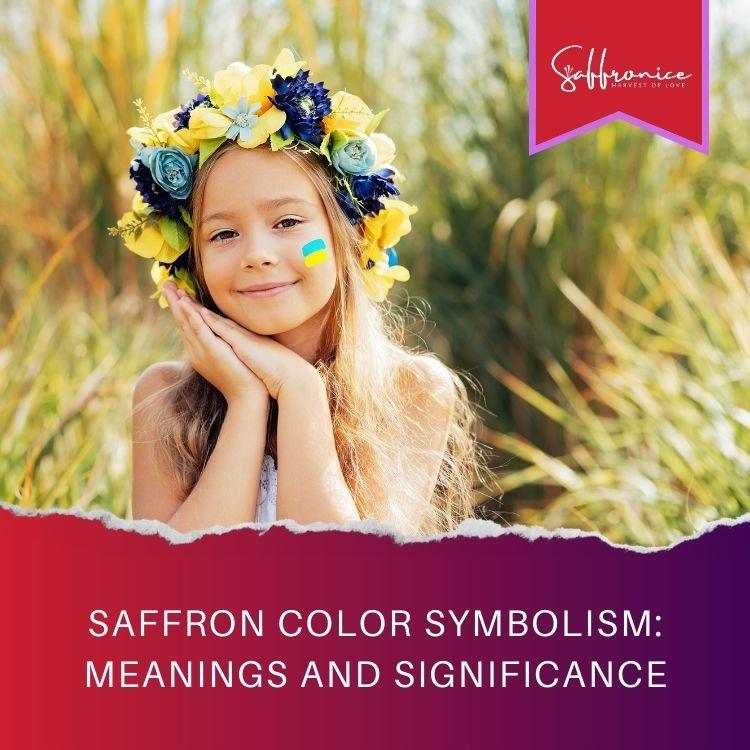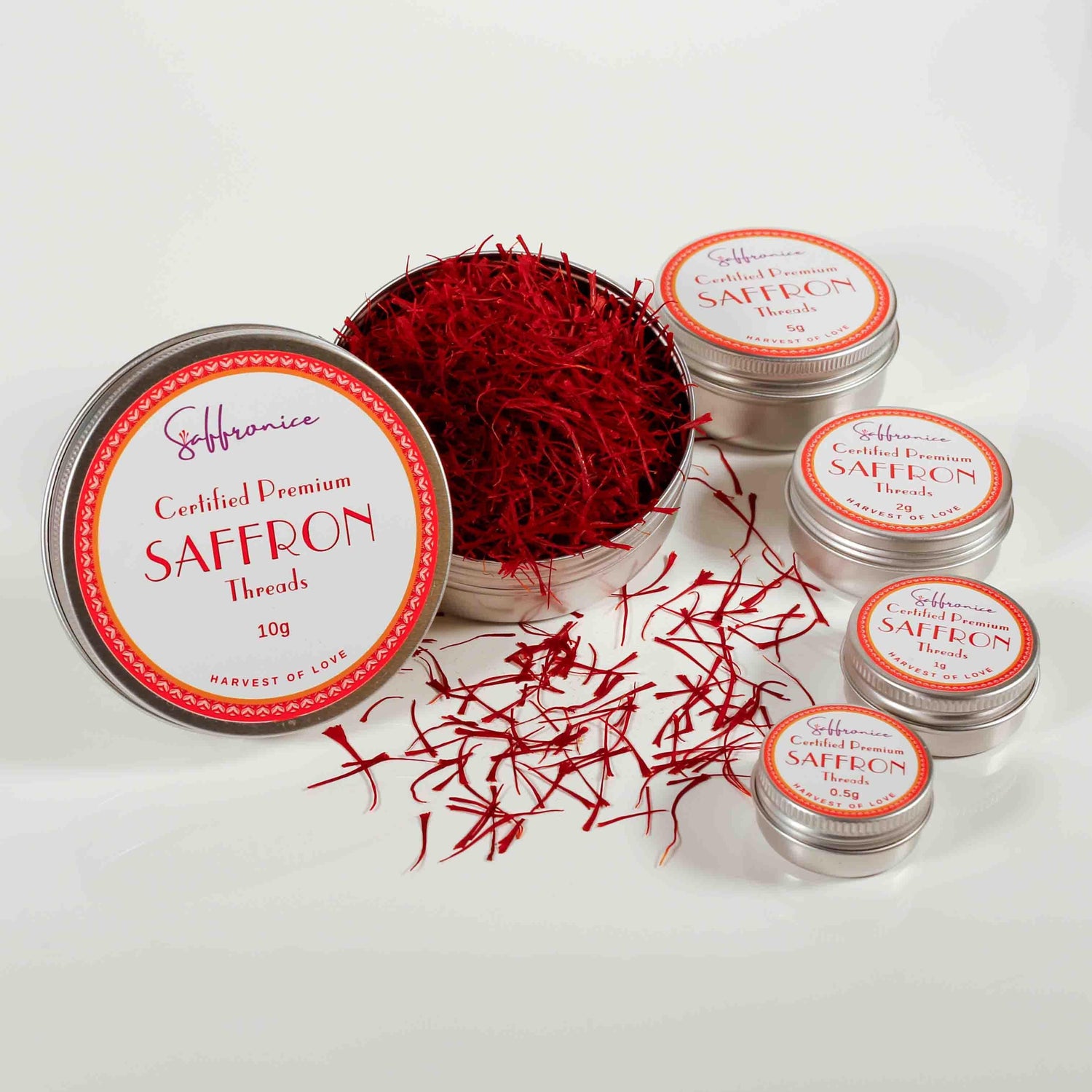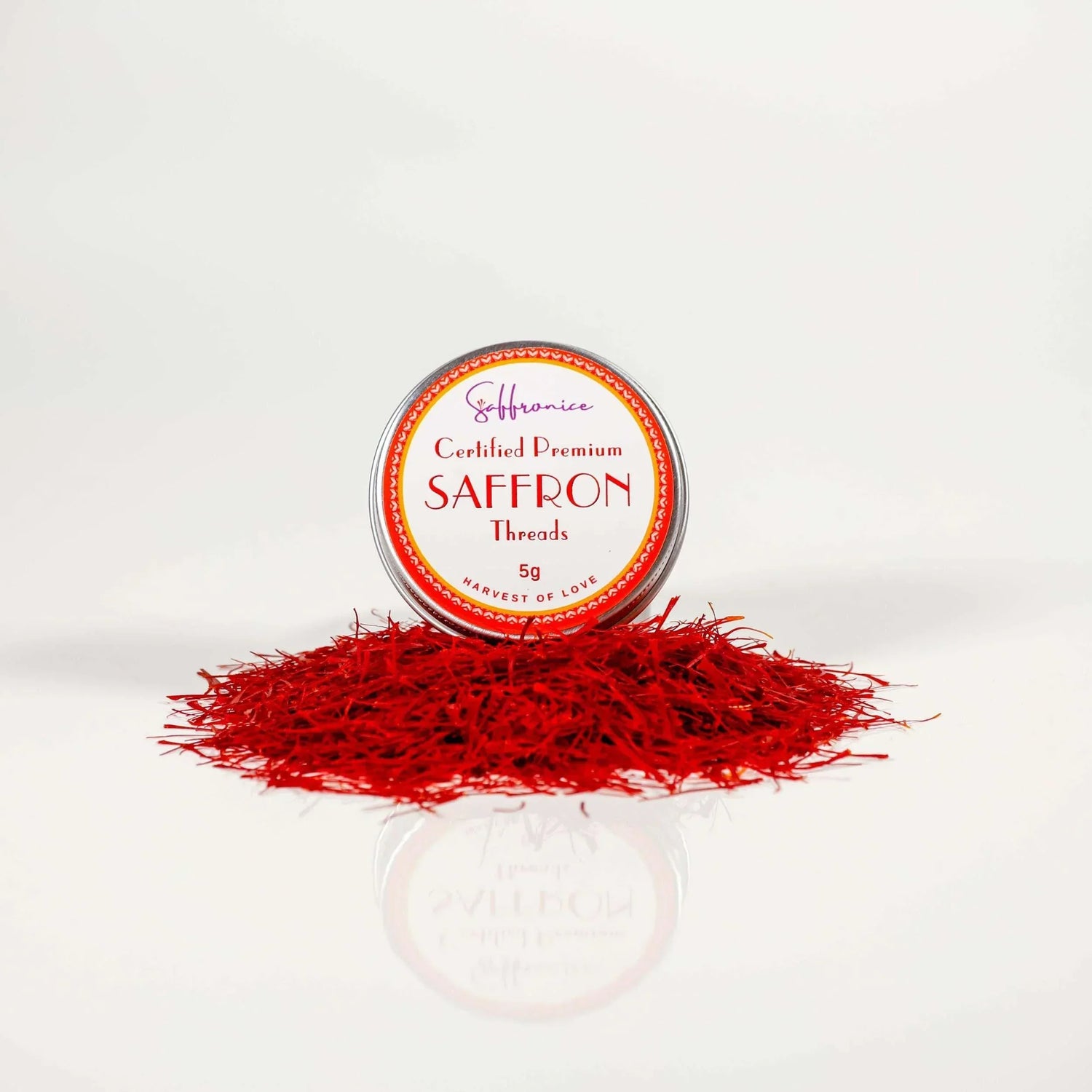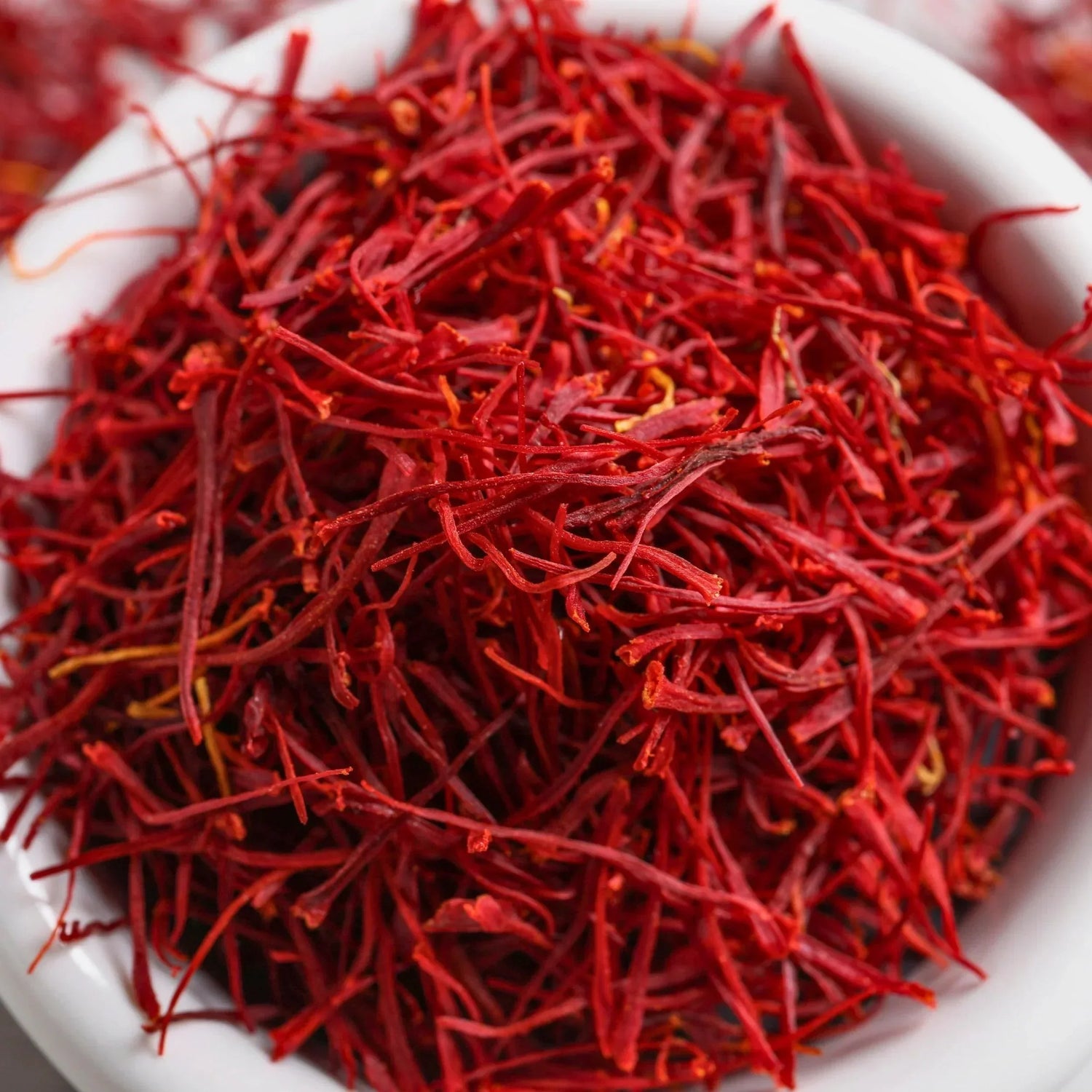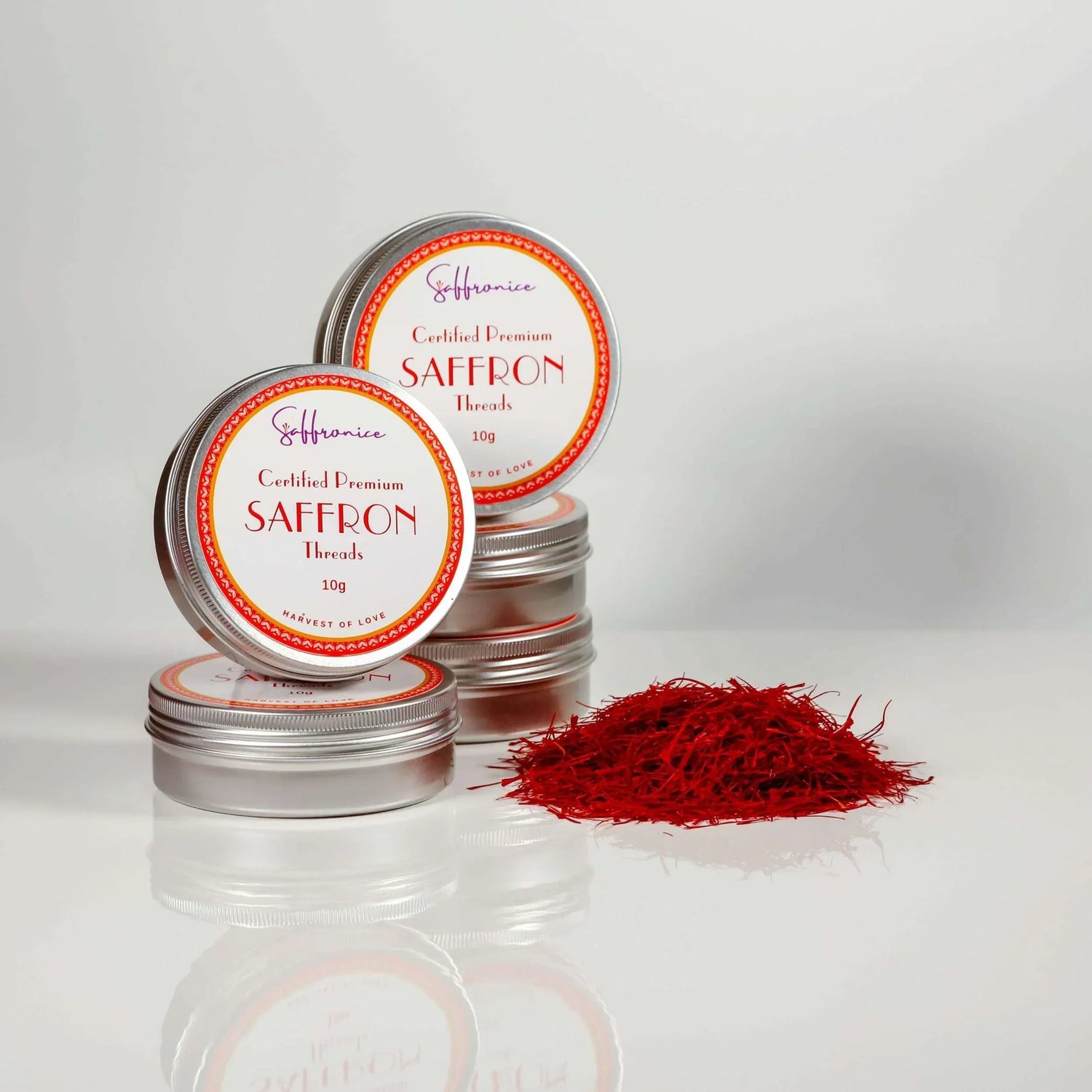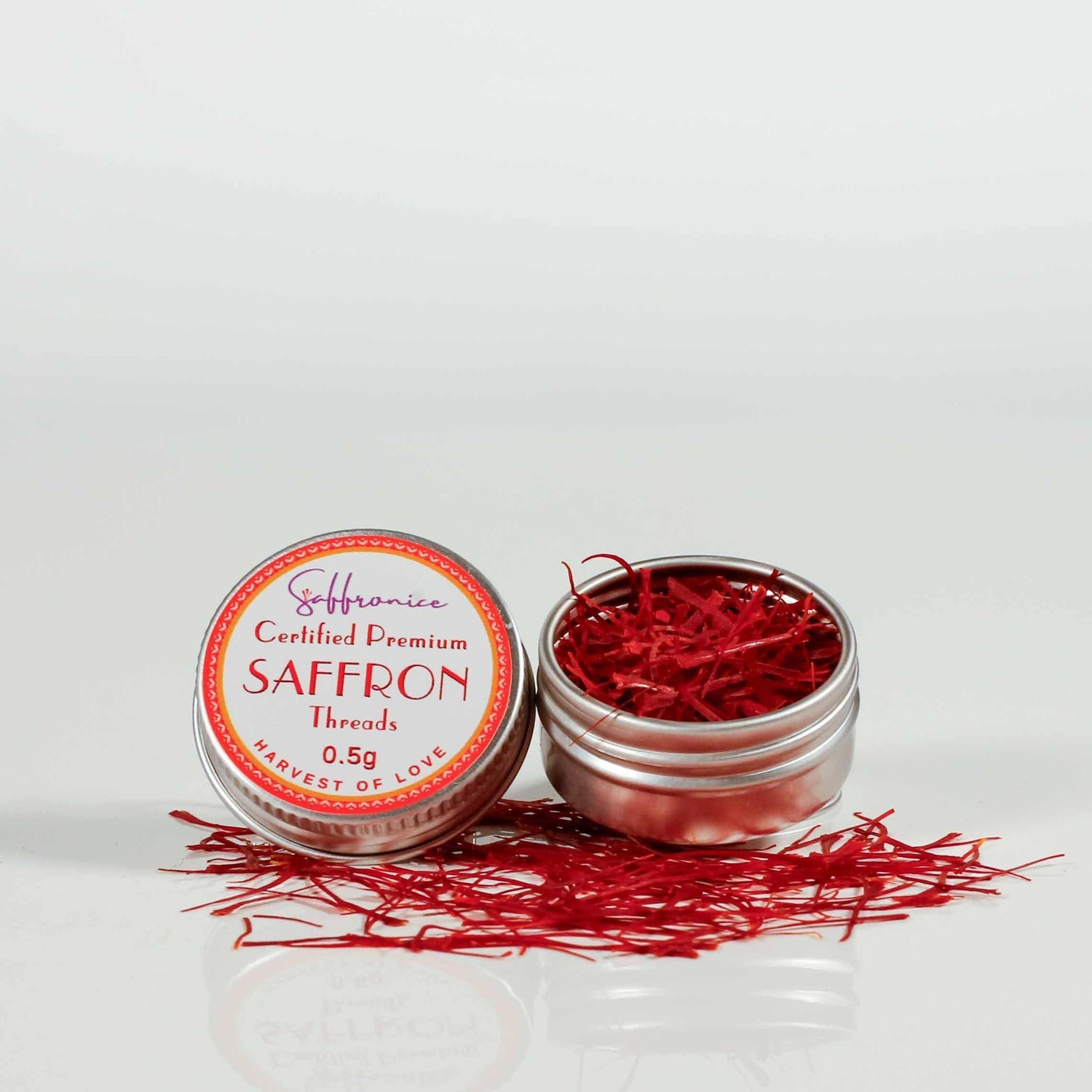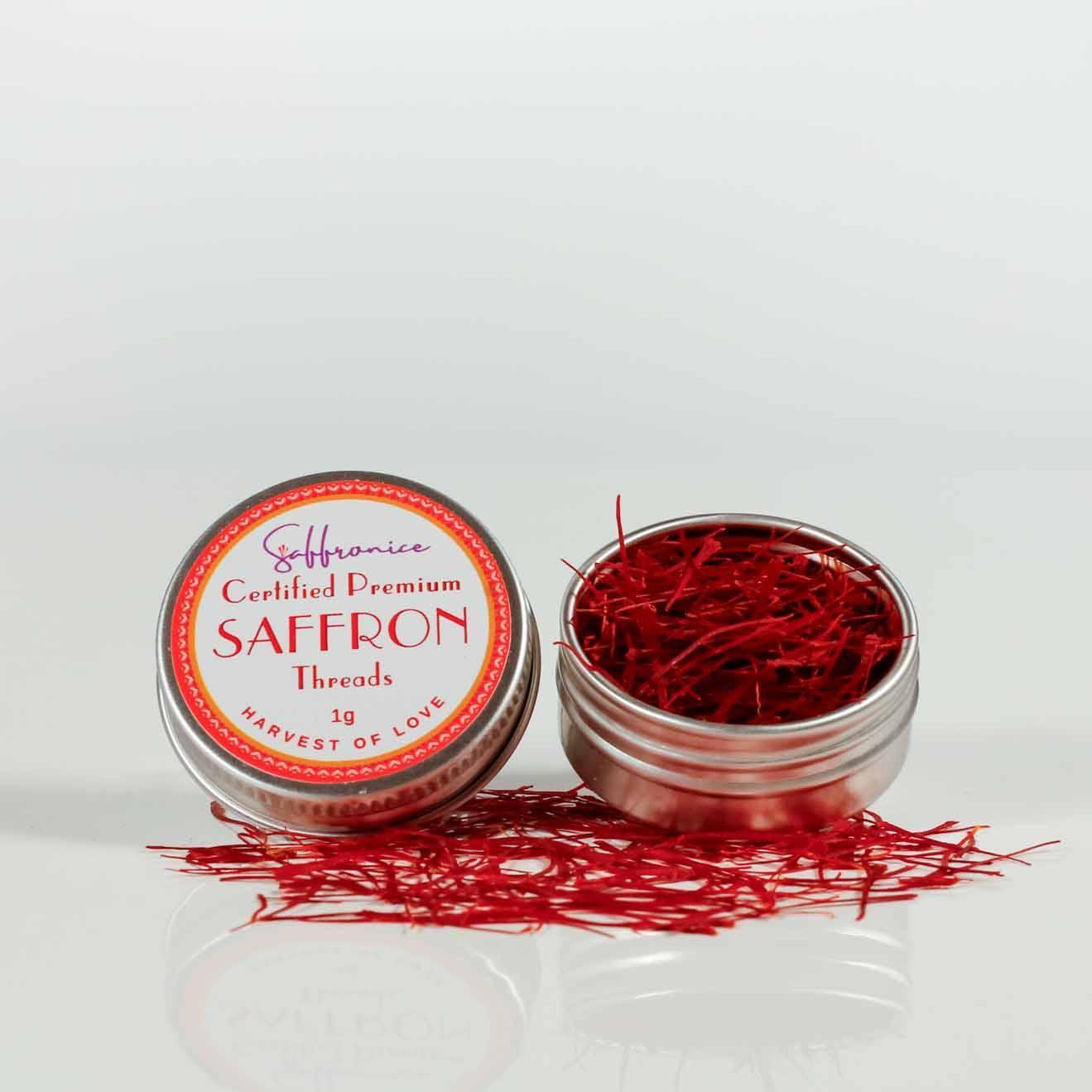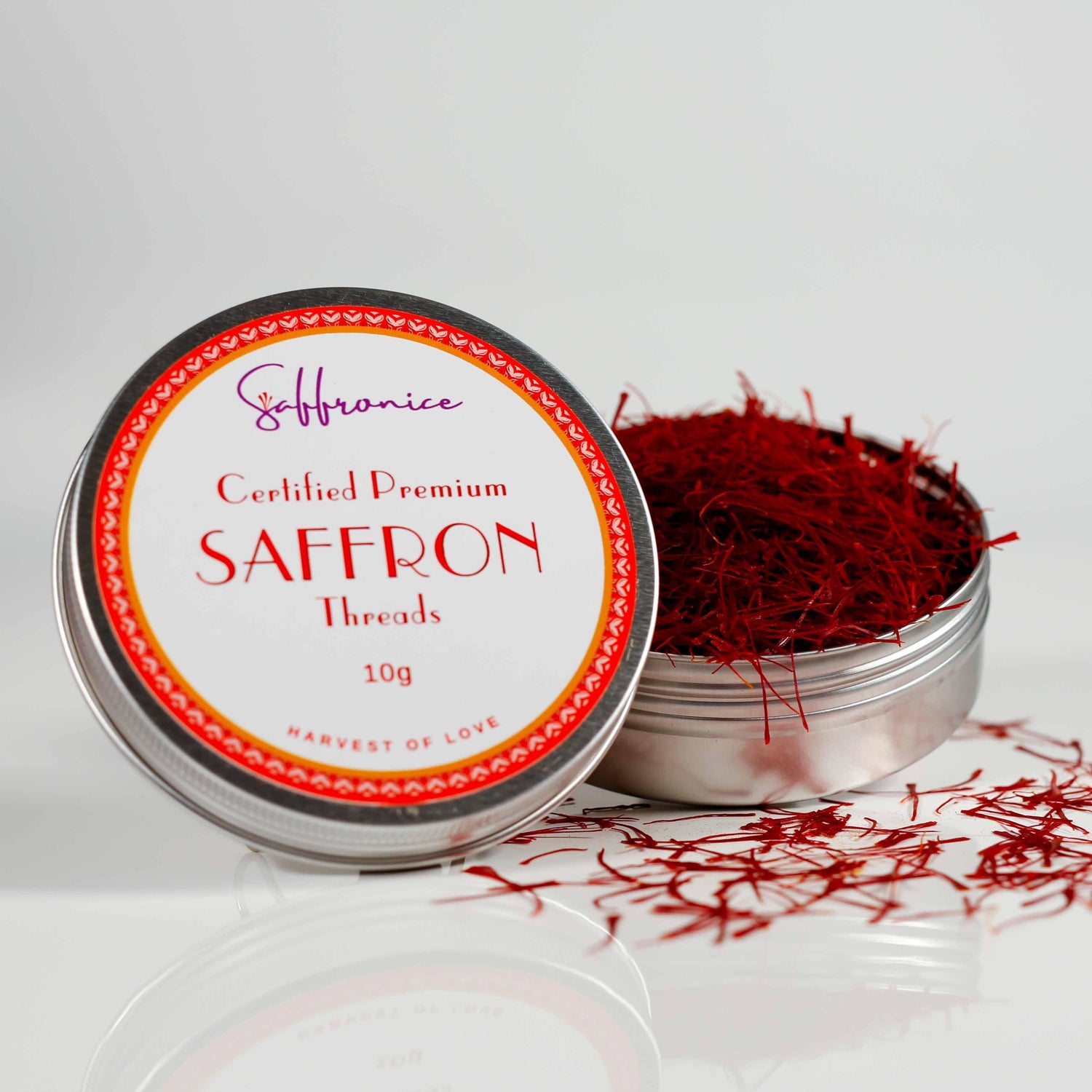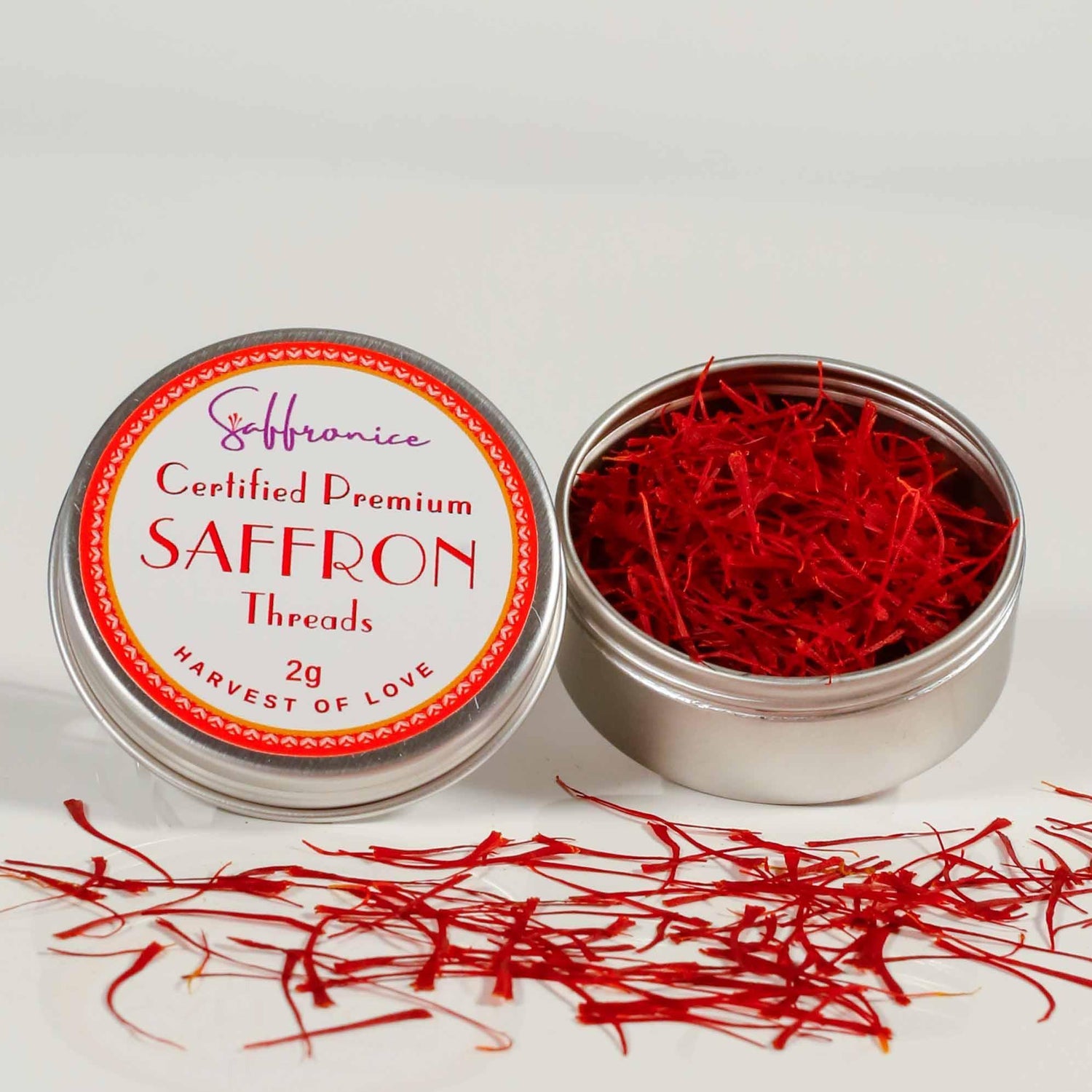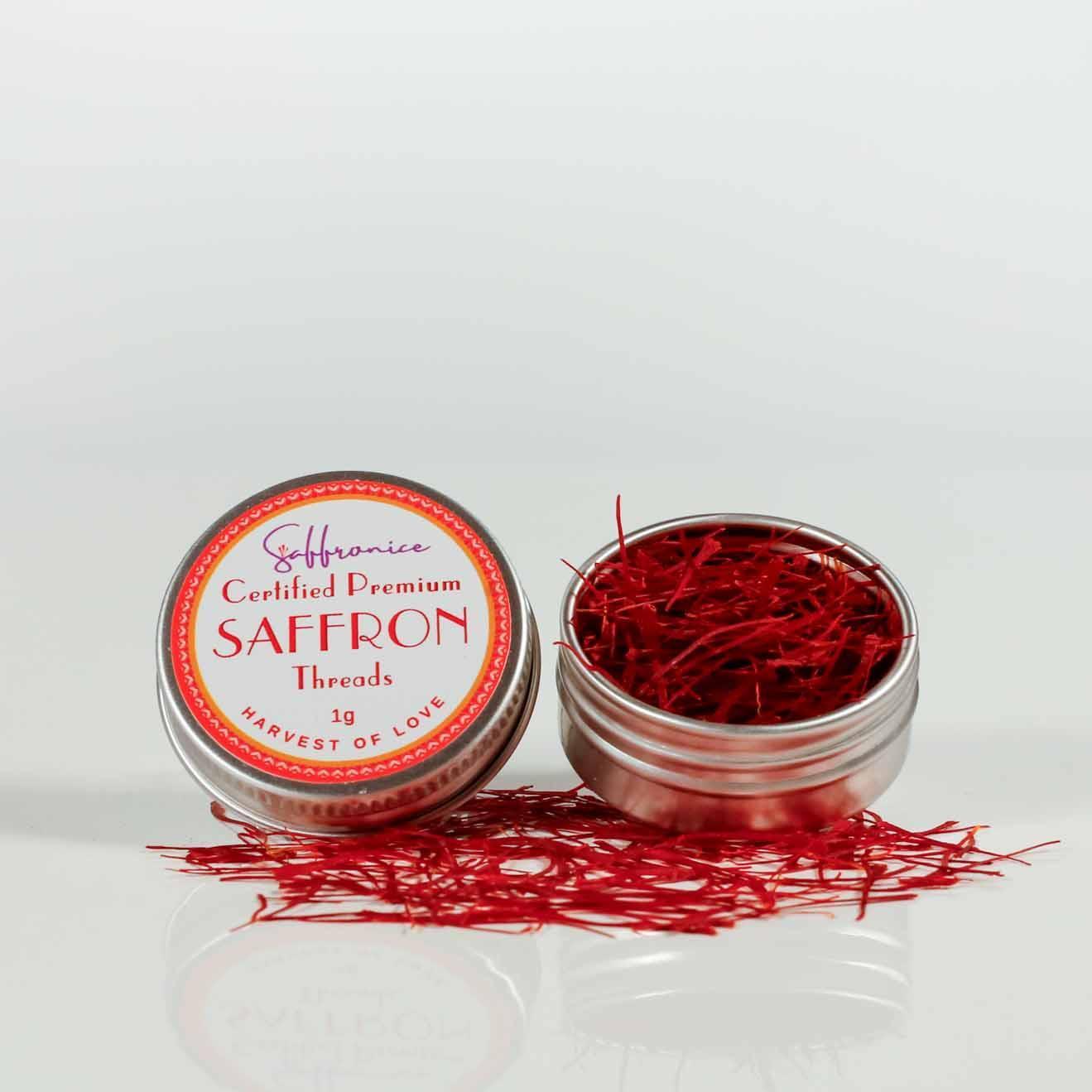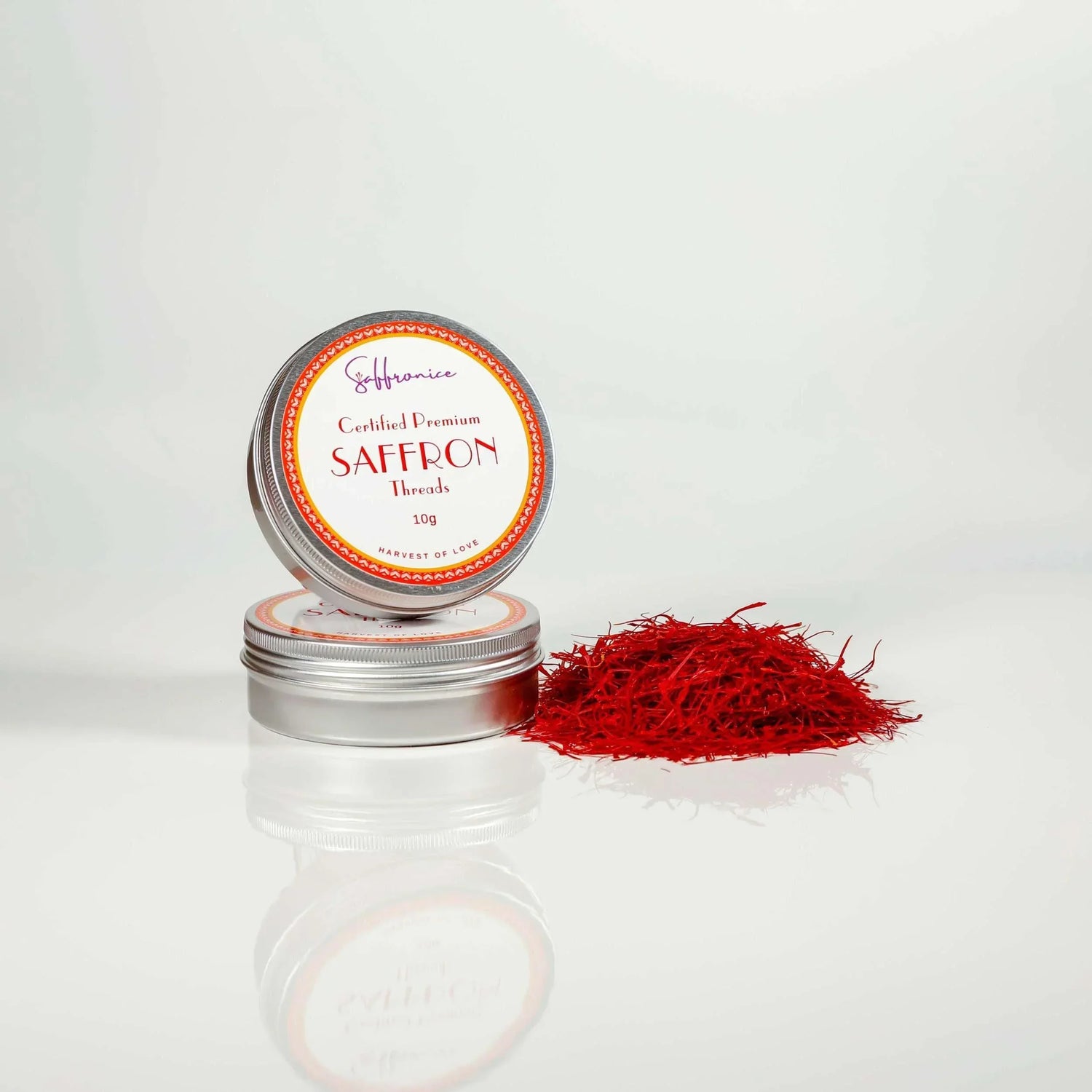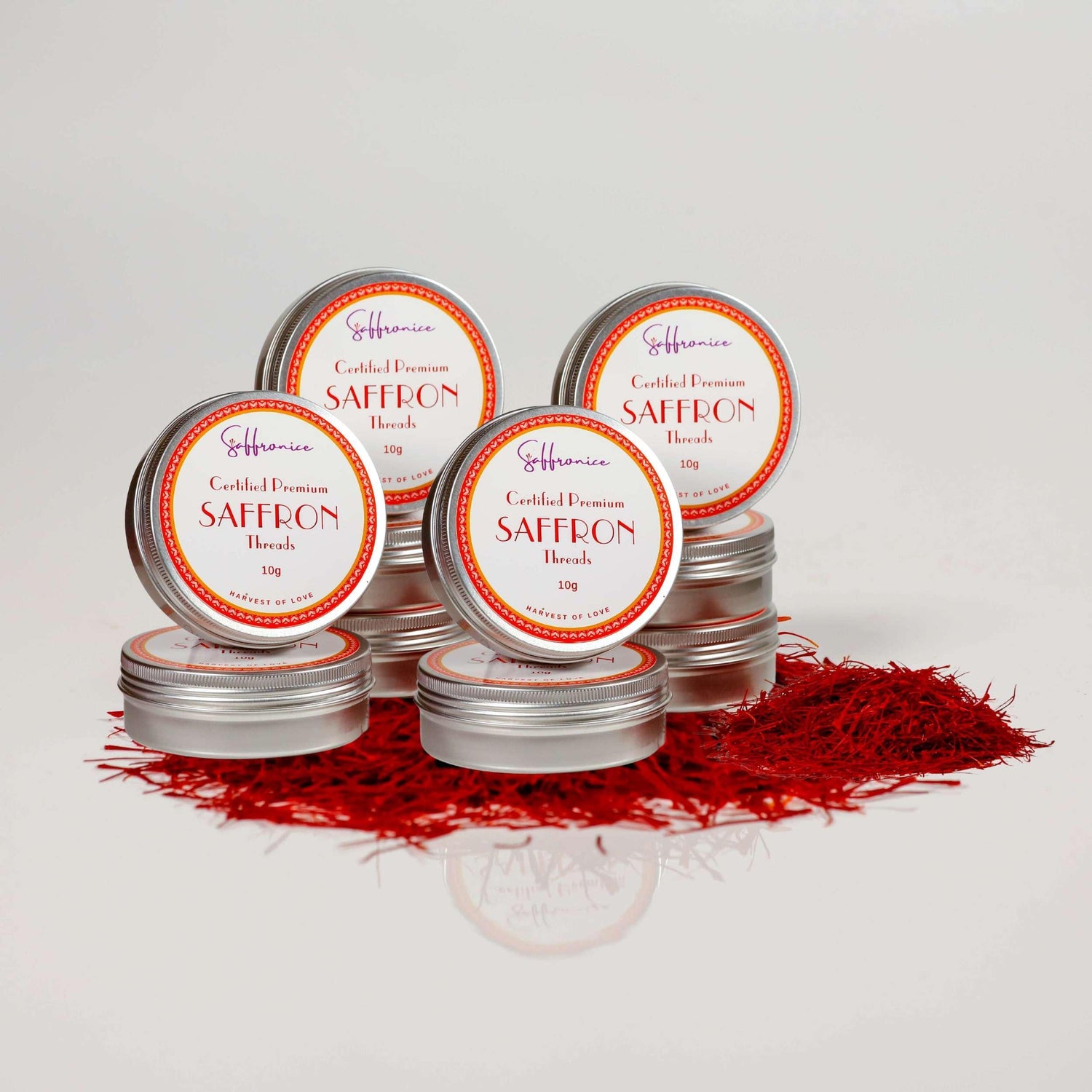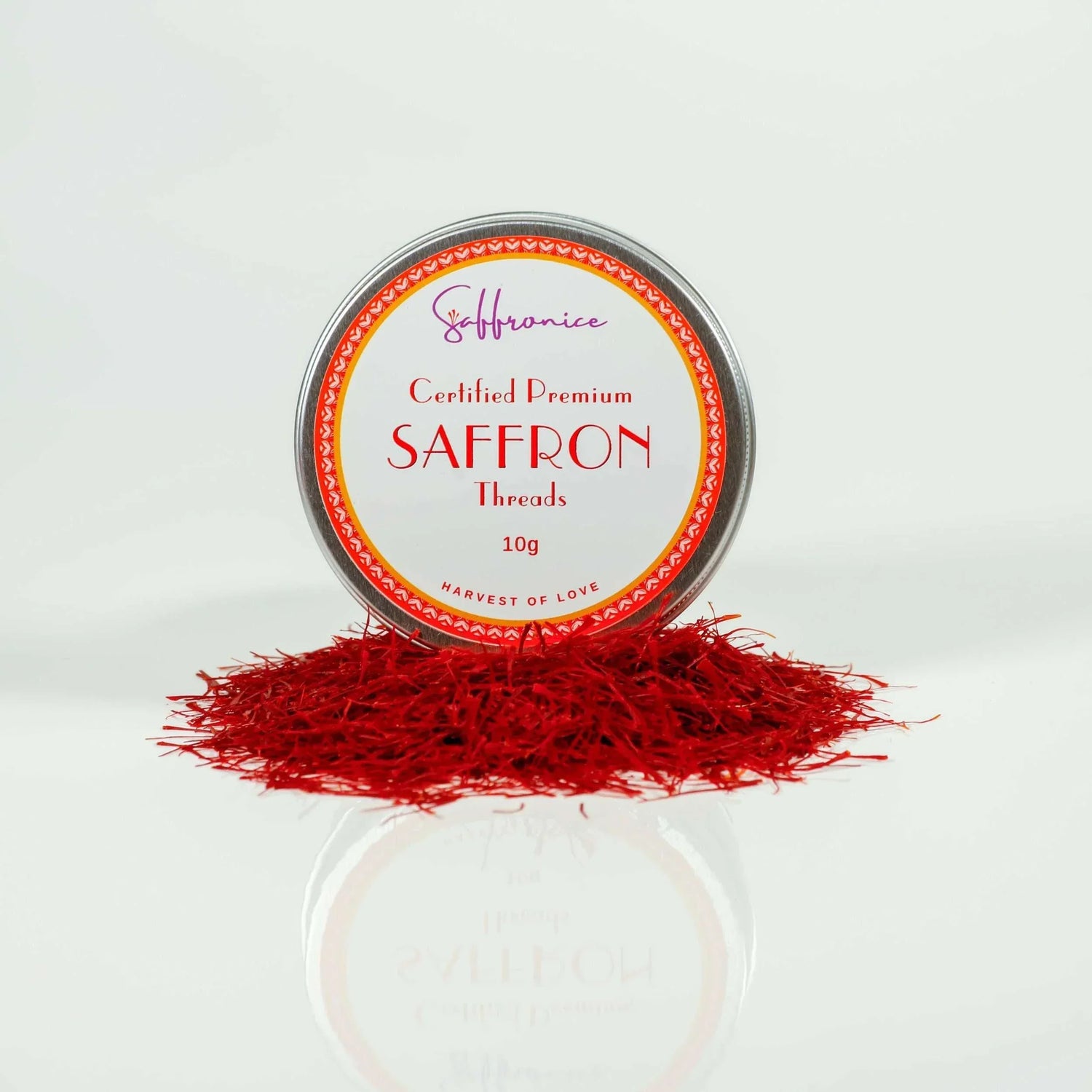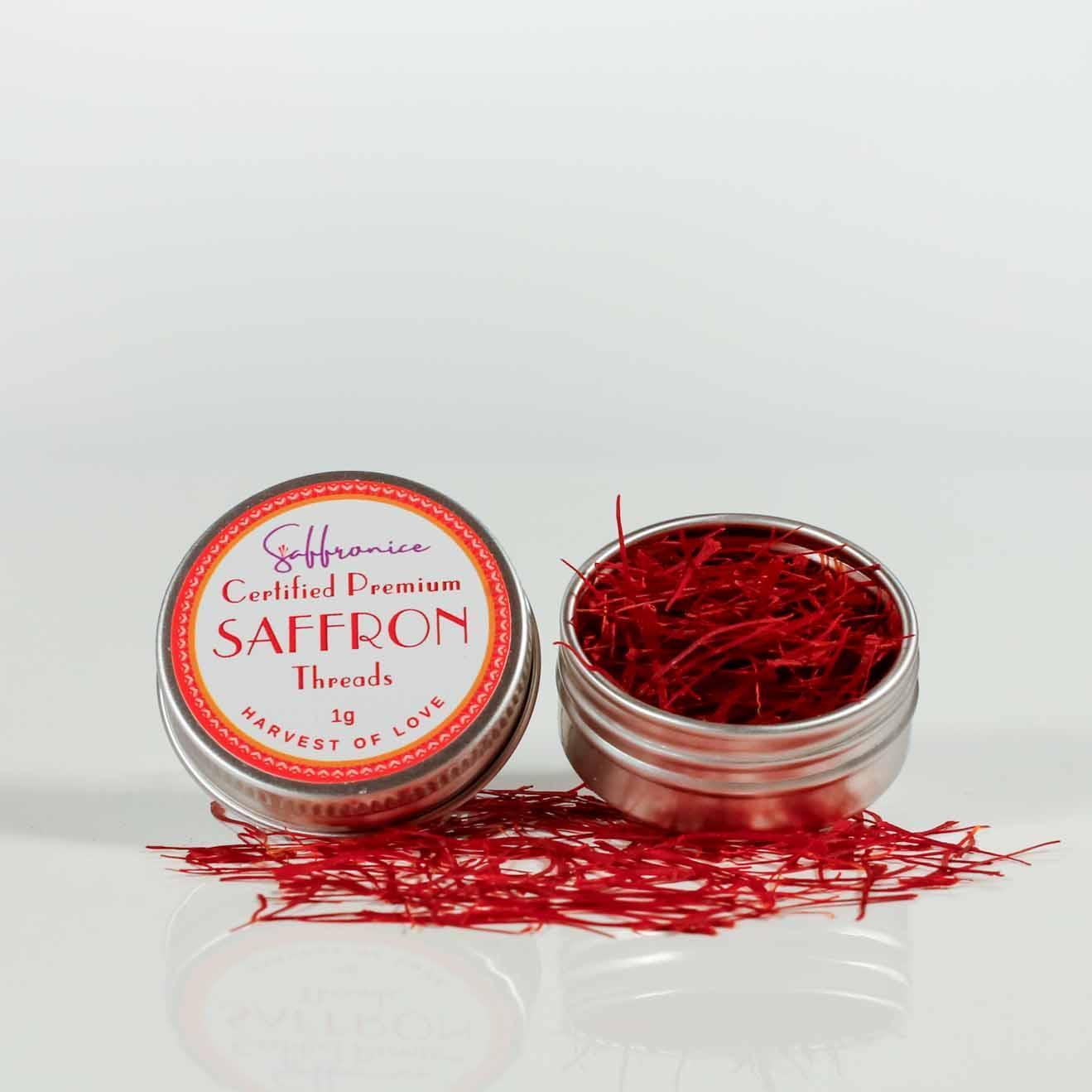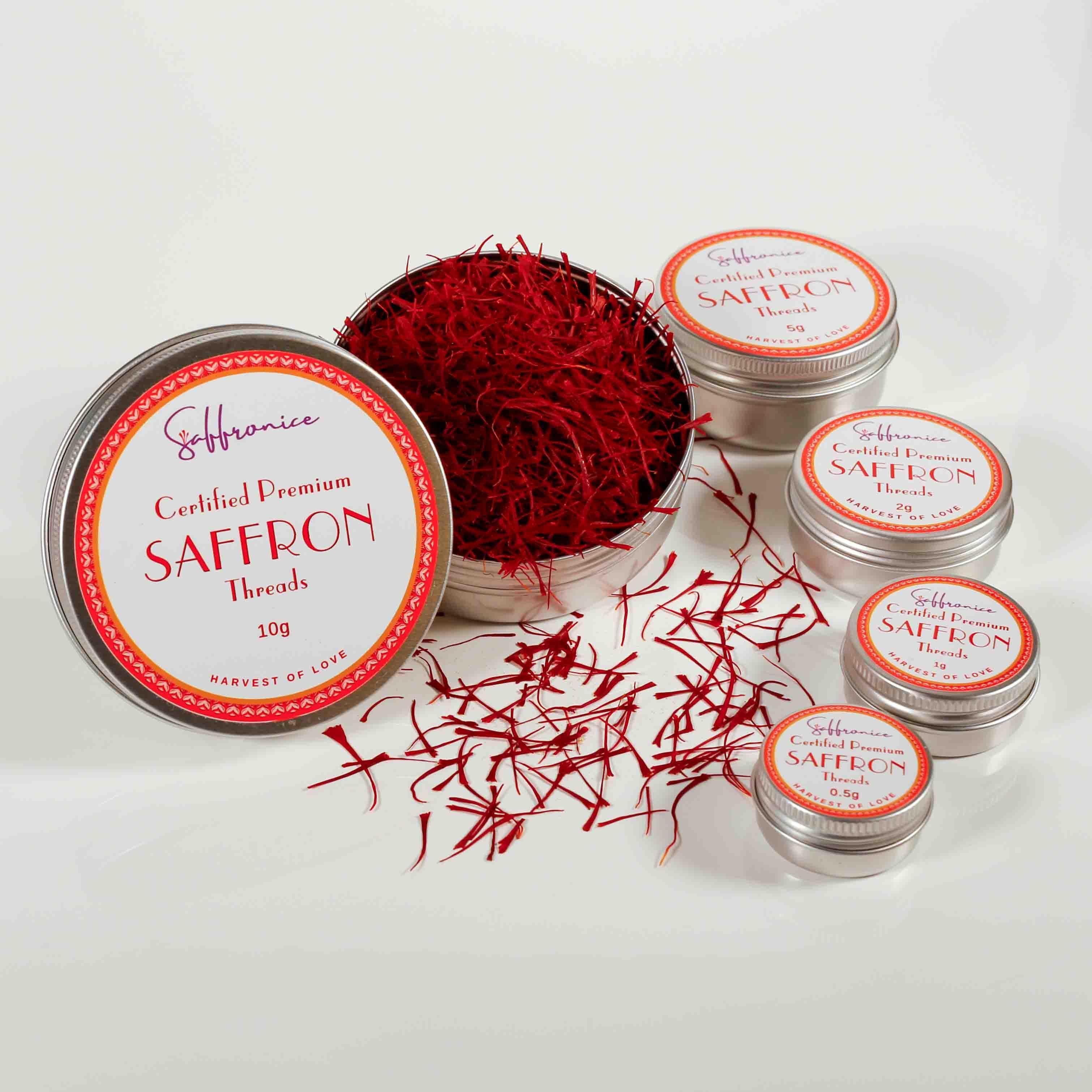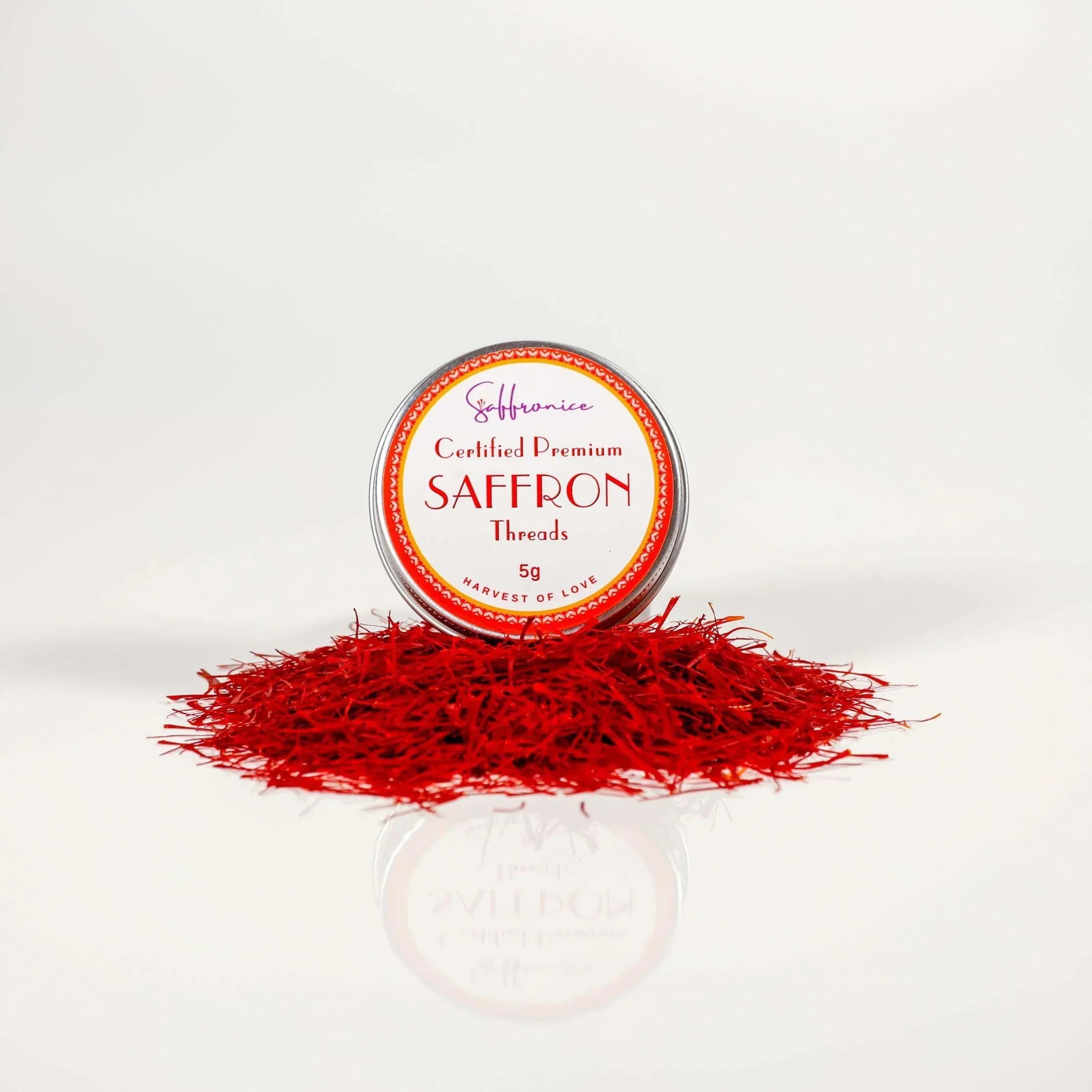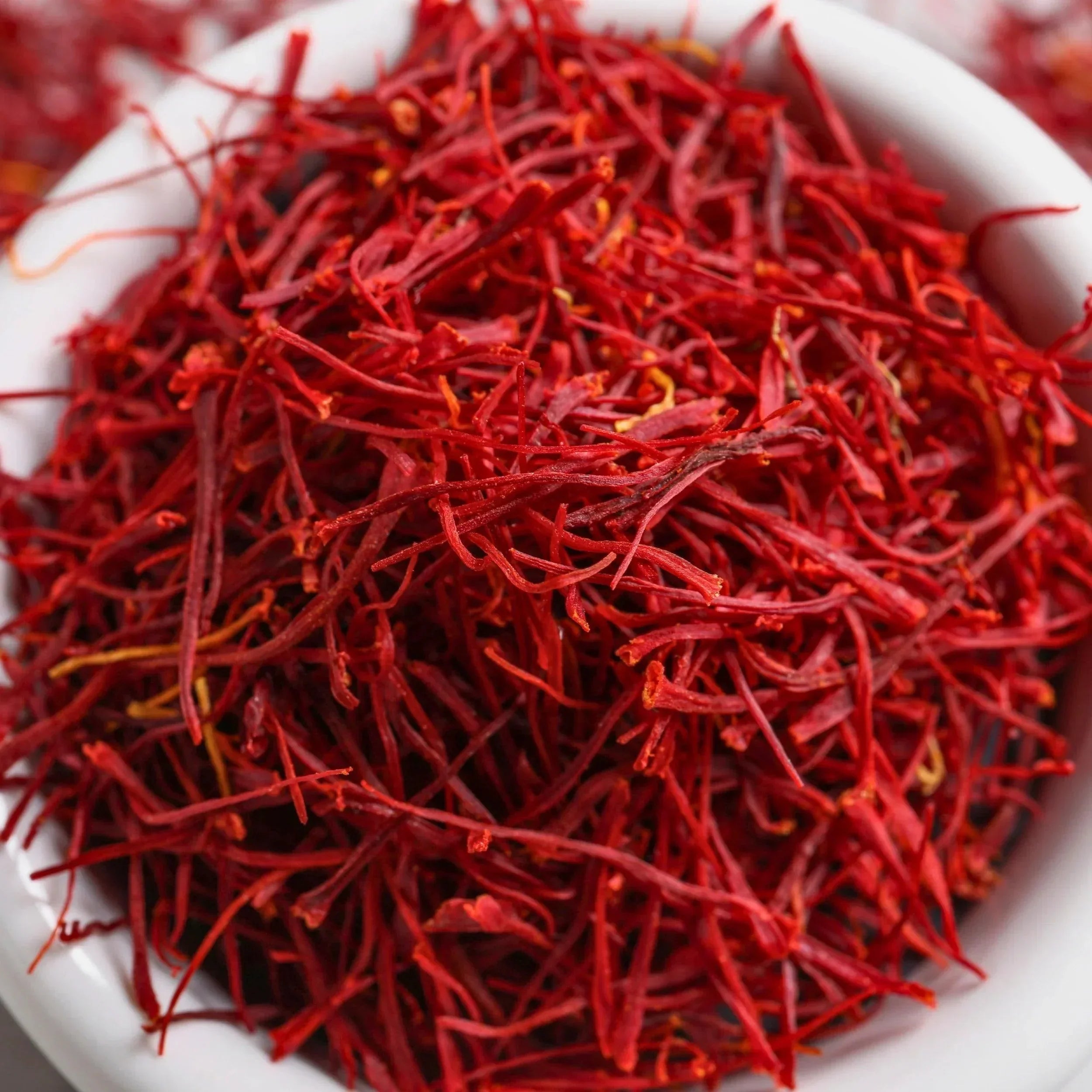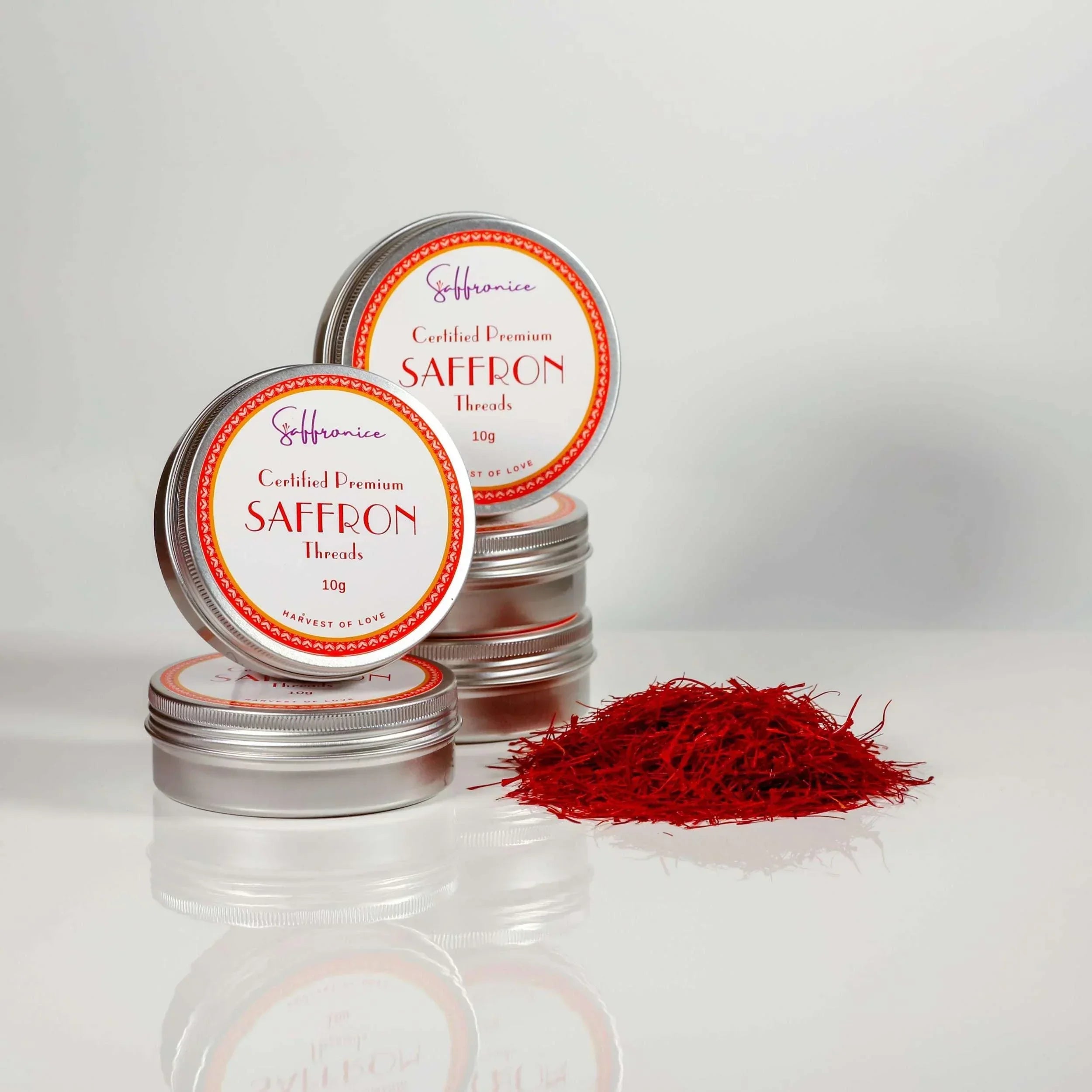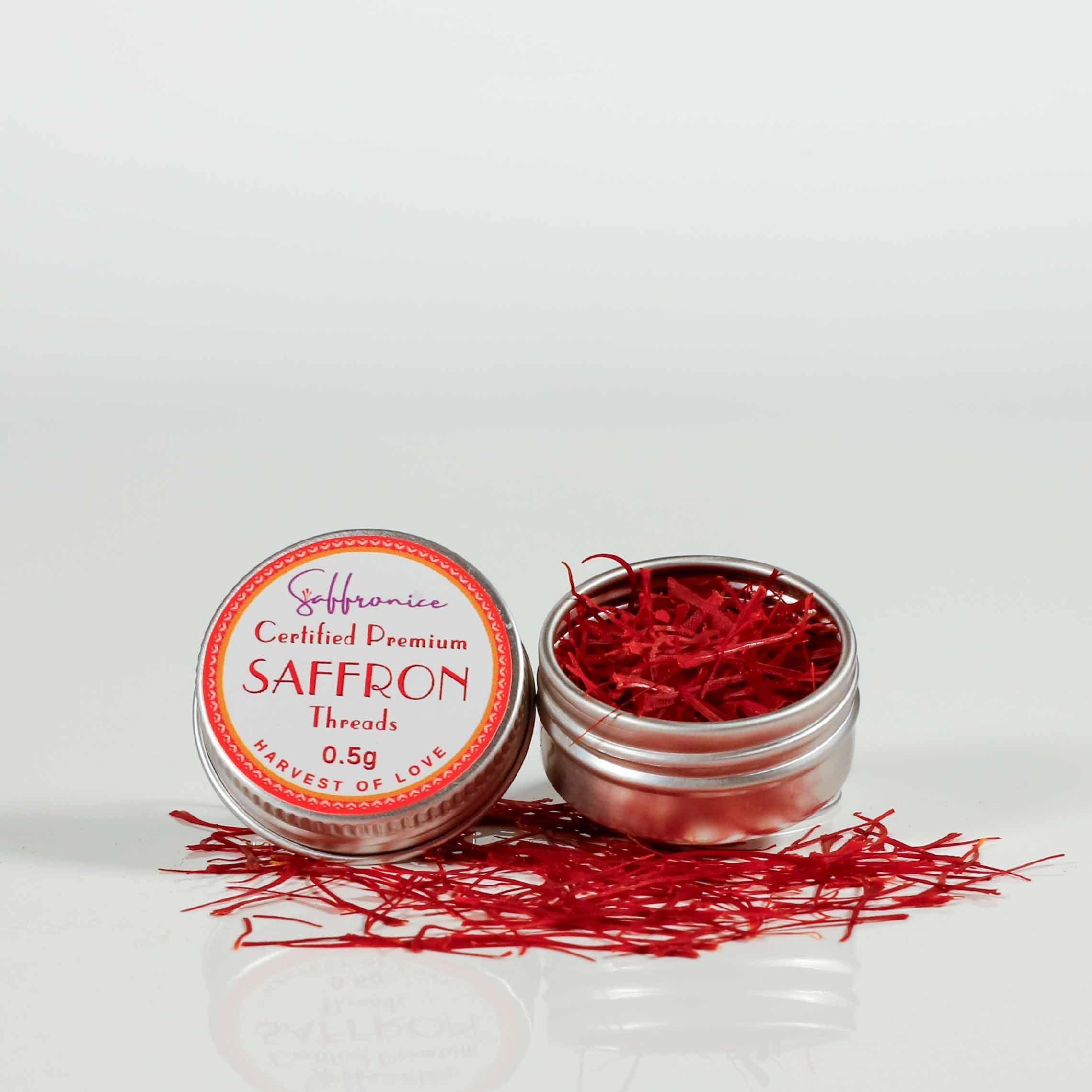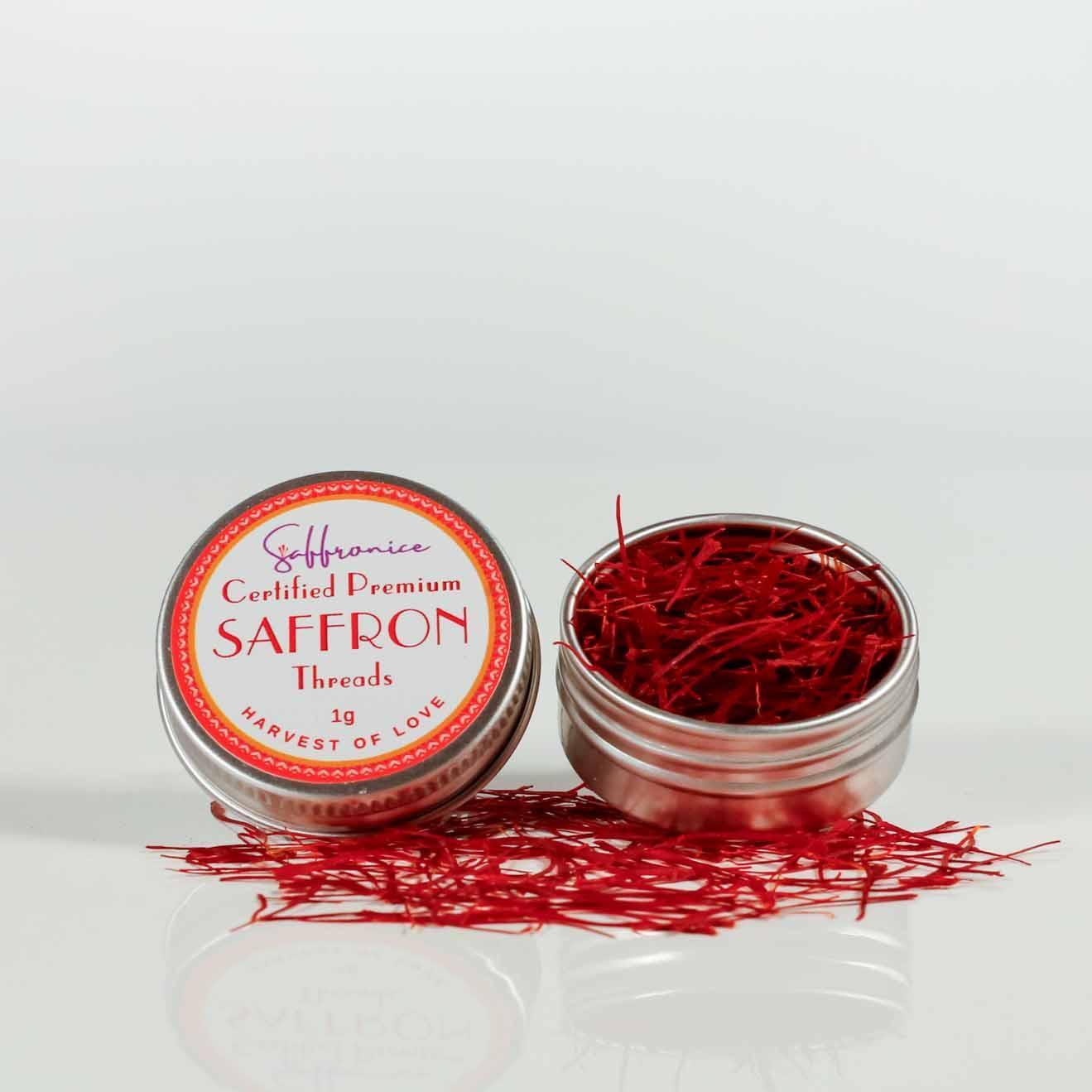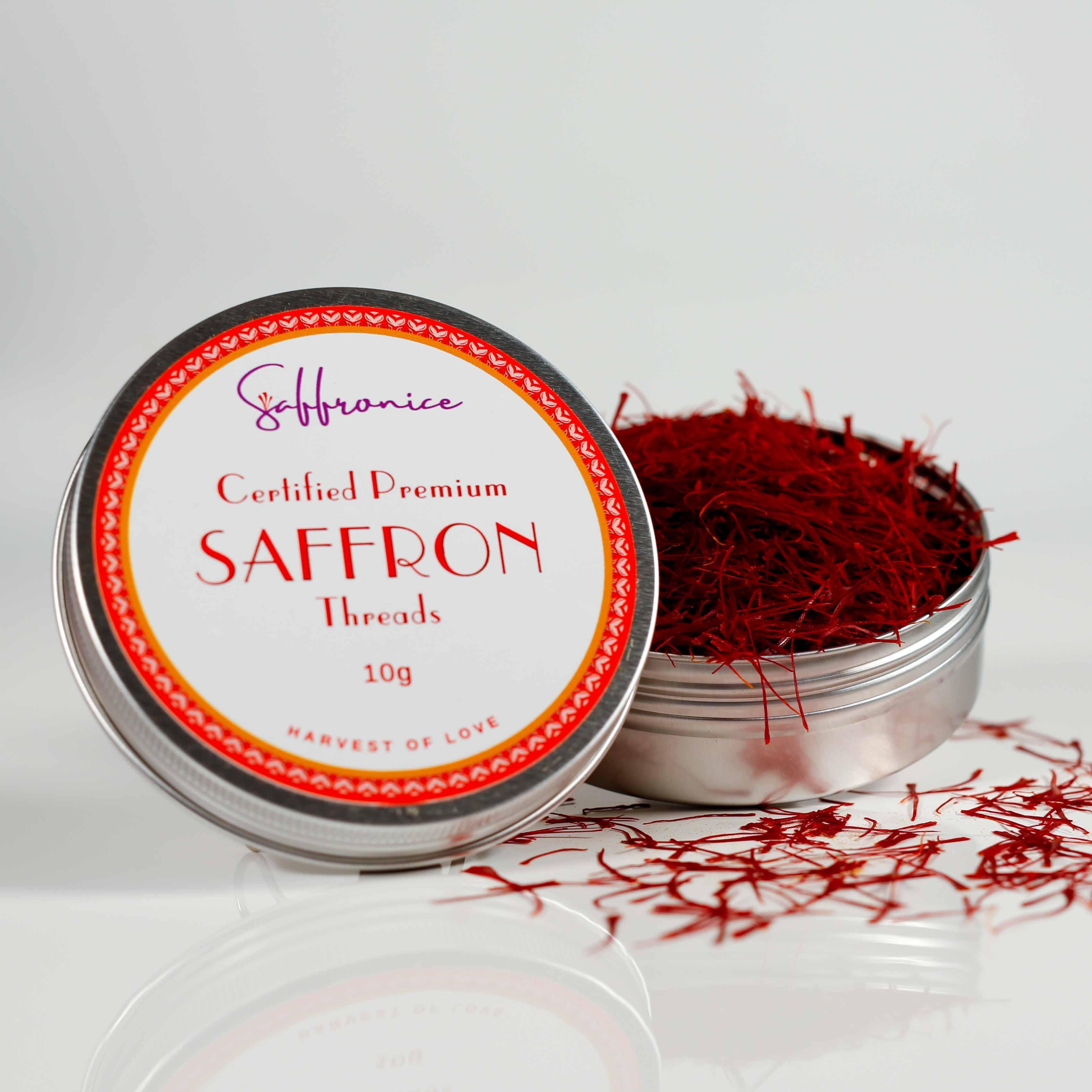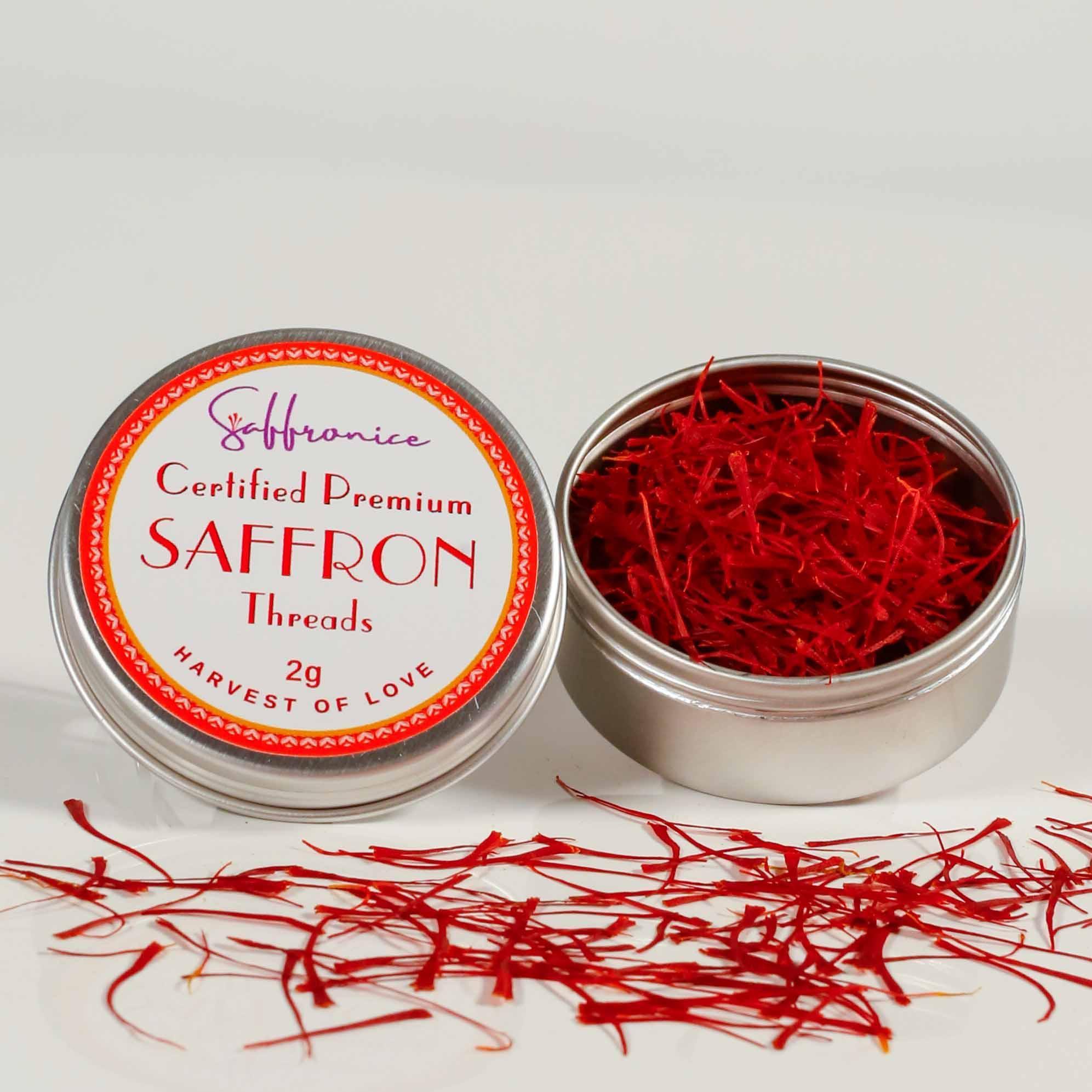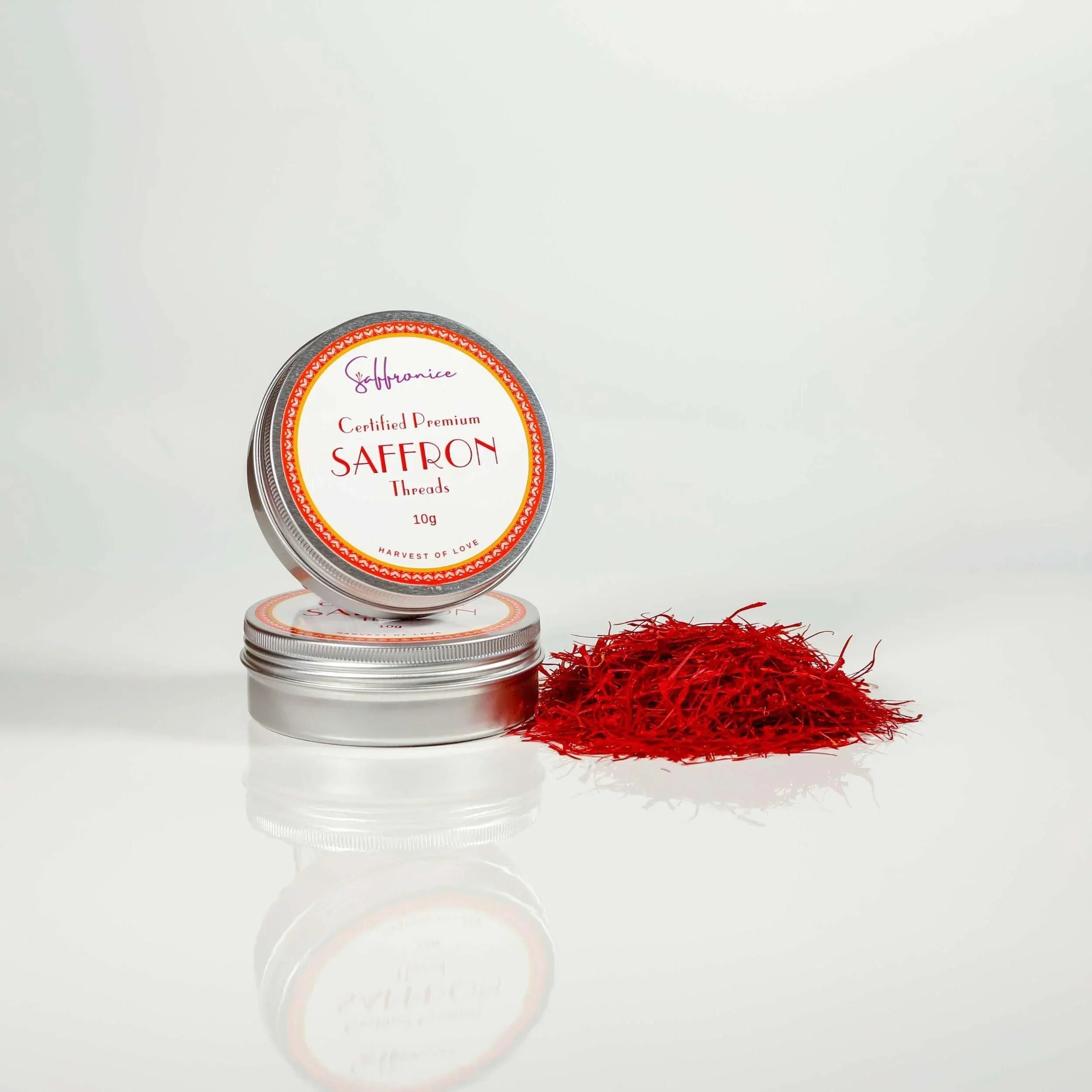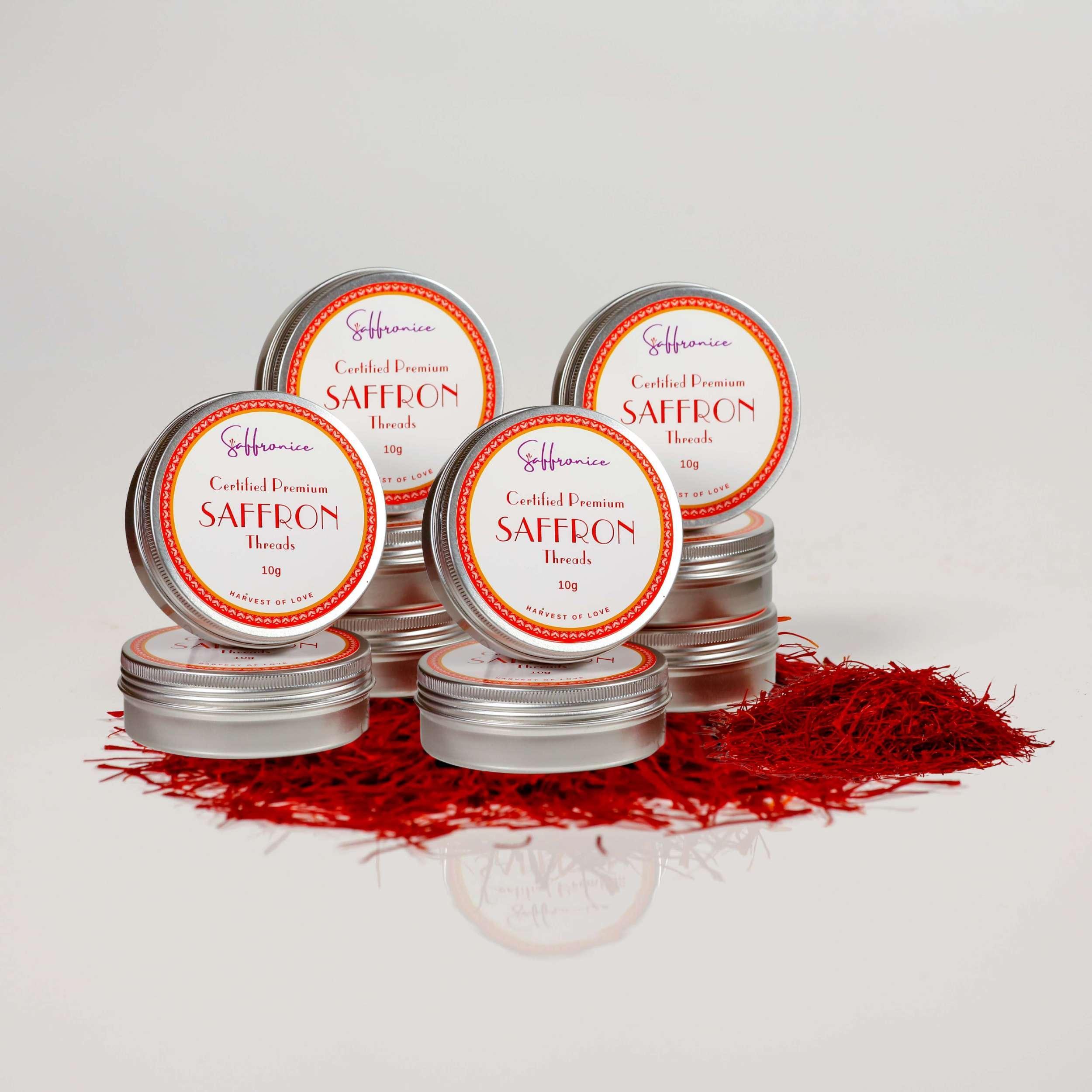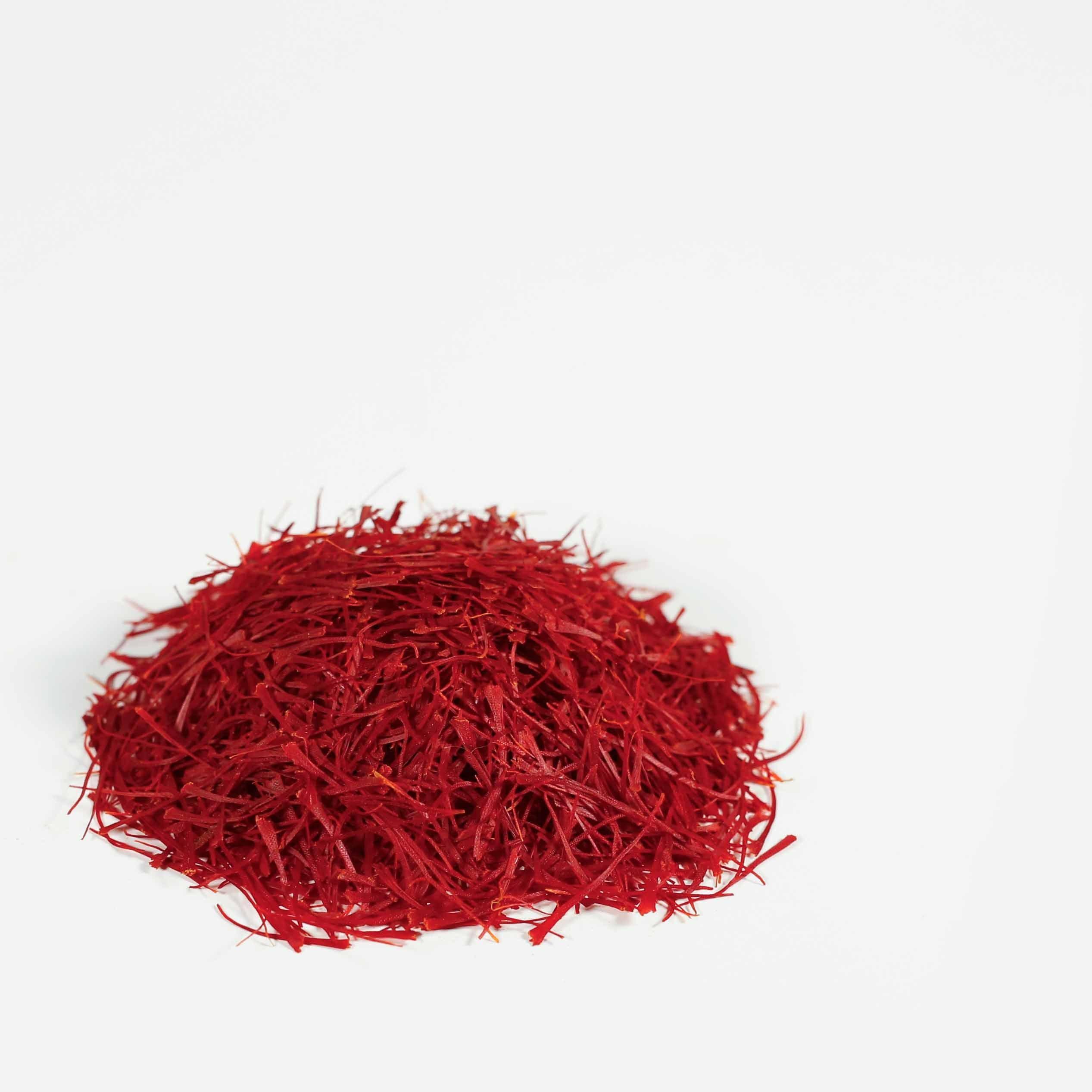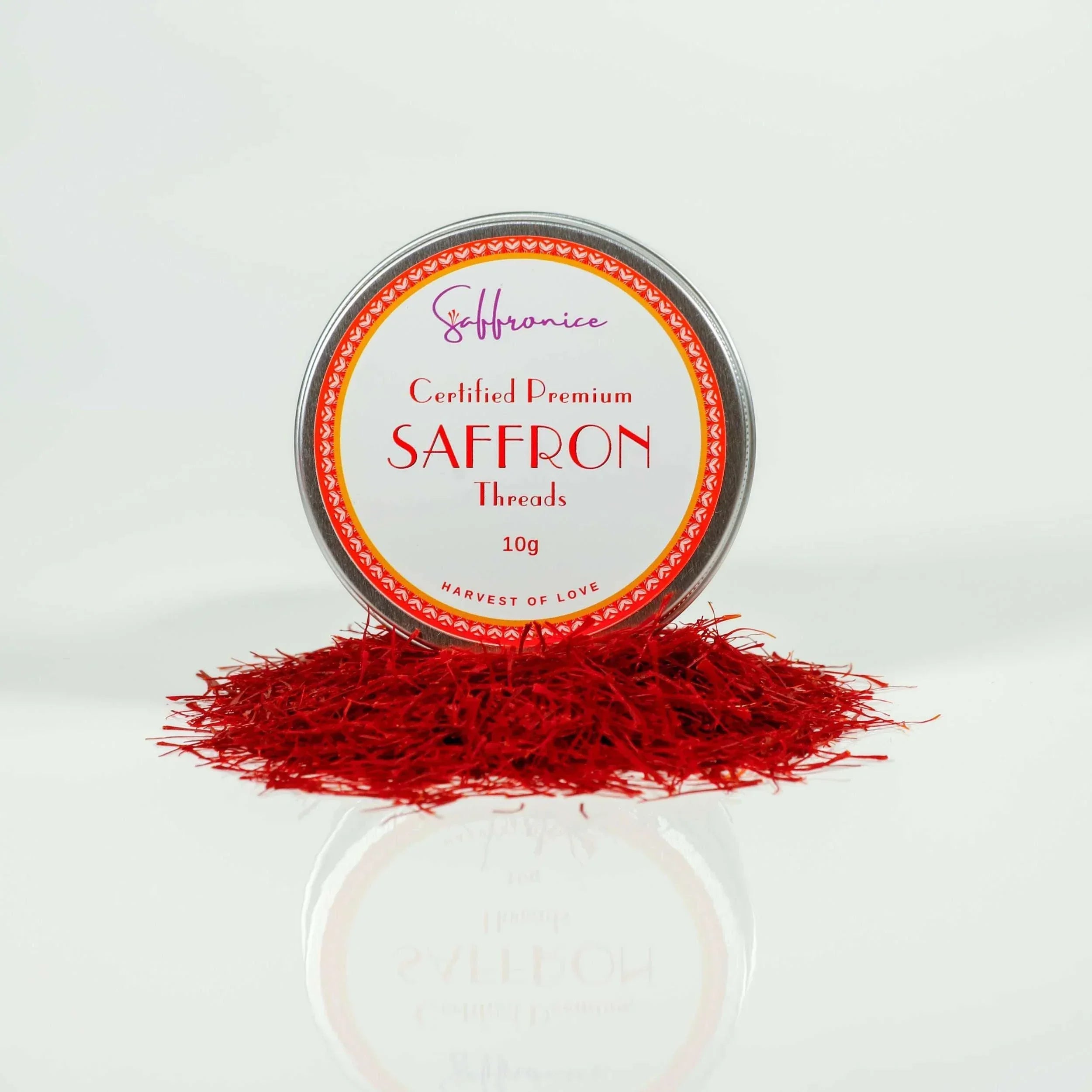Saffron is a bright color that goes from deep golden to fiery orange. It has caught the human eye for centuries. This color comes from the saffron crocus's delicate threads. It holds deep meaning in many religions, cultures, and art forms around the world.
The spice saffron is famous for its bright color. This color comes mainly from a chemical called crocin. It gives saffron its unique golden-orange shade.
The beauty of saffron's color goes beyond cooking. It stands for many spiritual, cultural, and historical ideas. It symbolizes purity, sacrifice, divine light, courage, and cultural identity. Saffron's color has inspired people all over the world.
Key Takeaways
- Saffron is a vibrant hue ranging from deep golden to fiery orange, derived from the spice saffron's carotenoid chemical crocin.
- The saffron color has long held profound symbolic meaning in various religions, cultures, and artistic traditions across the globe.
- Saffron has been associated with concepts such as purity, sacrifice, divine light, courage, nationalism, and cultural identity.
- The saffron color continues to captivate and inspire people worldwide, with its rich historical and cultural significance.
- Saffron's chromatic essence extends far beyond its culinary applications, making it a versatile and meaningful color in various contexts.

Etymology and Origins
The story of saffron's etymology is fascinating. It comes from the Middle Iranian ja'far-, meaning the precious spice. In Middle English, it was adopted around c. 1200. This marked its introduction to the Western world.
The term "saffron" as a color name started in the late 14th century. It reflects the golden color of this ancient crop. First grown in ancient Greece, it's now mainly cultivated in Iran, Morocco, Greece, and India. Persian saffron is known for its high quality.
Derivation and Historical Usage
Saffron's history is as vibrant as its color. It has been cultivated for over 4,000 years. Ancient civilizations like Egypt, Persia, and Greece valued it.
- Saffron was used by ancient Egyptians for flavoring, perfume, and as an aphrodisiac.
- In ancient Persia, saffron was used in royal carpets and shrouds.
- When saffron came to Europe, Basel became a major production center.
- In England, saffron cultivation began around 1350. Saffron Walden became a key trading hub.
From its Middle Iranian etymology to its varied historical usage, saffron's story is deeply rooted in human history.

Religious Symbolism
Hinduism and the Sacred Hue
In Hinduism, saffron is a color full of meaning. It stands for fire, the sun, and the divine. It symbolizes sacrifice, light, and the eternal search for salvation.
Hindu saints and ascetics wear saffron robes. This shows their deep devotion and their choice to leave behind worldly life.
Buddhism and the Path to Enlightenment
In Buddhism, saffron robes mean giving up worldly things and seeking enlightenment. The bright color shows the monk's commitment to their spiritual journey. It also shows their detachment from material things.
Saffron also has a special meaning in Sikhism. It represents spirit and sacrifice. Sikh temples have saffron flags, called Nishan Sahibs. These flags remind everyone of the faith's core values and the dedication of its followers.
"Saffron is the most sacred color for Hindus, symbolizing purity, wisdom, and the quest for light."
In Eastern religions, saffron is a common thread. It connects the spiritual goals and rituals of Hindus, Buddhists, and Sikhs. This vibrant color remains deeply meaningful in these ancient traditions.

Saffron Color Symbolism
The saffron color is more than just a pretty sight. It symbolizes enlightenment, new beginnings, and positive change. It also helps with meditation and relaxation. The warm and bright color stands for vitality, purification, and a quest for knowledge.
Saffron's rich history has made it a favorite in art and spirituality. It's seen as a sign of warmth, comfort, and elegance. This is why it's often used in luxury brands, fashion, and home decor.
The spiritual side of saffron is fascinating. In Hinduism, Buddhism, and Sikhism, it represents purity and the pursuit of enlightenment. The saffron robes of Buddhist monks are a clear example of this.
"Saffron is a color that evokes a sense of luxury, exoticism, and tranquility. Its warm hues have the power to transport us to distant lands and ancient traditions."
In short, saffron color has deep meanings that touch our minds, hearts, and spirits. It has won the hearts of people worldwide. Its lasting charm and versatility make saffron a cherished and inspiring color.

Cultural Associations
Ireland's rich culture is closely tied to the color saffron. This color has been a key part of Gaelic-Irish traditions for a long time. It shows how important saffron is in their culture.
The saffron kilt is a big part of Irish history. It's worn by pipers in some Irish regiments in the British Army. This kilt, with its golden-yellow color, is a big part of irish saffron clothing and gaelic-irish traditions.
Also, the saffron léine is a loose shirt worn by some Irish and Irish-American men. It's a symbol of national pride. The use of saffron in Irish clothes shows the deep respect for this color in Gaelic-Irish culture.
Even the Antrim GAA teams are known as "The Saffrons." They wear saffron-colored kits. This shows how saffron is a big part of Irish identity.

Political and Nationalist Connotations
Saffron color has deep political and nationalist meanings, especially in India. Hindu nationalist movements have made it a key symbol. Groups like the Bharatiya Janata Party (BJP) and the Rashtriya Swayamsevak Sangh (RSS) link it to their beliefs.
The Indian Flag and Saffron's Significance
The Indian national flag, adopted in 1947, has a saffron band. It stands for courage and sacrifice. This color symbolizes Hindu nationalism, used by many political groups.
The term "saffronization" describes the growing Hindu nationalist influence in India. The BJP uses a saffron flag with a green stripe and a lotus. This further links saffron to Hindu nationalism.
Young people also use saffron to show their religiosity and political stance. It's seen as a public statement with political undertones.
"Saffron is recognized as a symbol of Hindu nationalism in political commentaries, and post-2014, it has increasingly become associated with violence against Muslims."
Political figures like BJP's Yogi Adityanath, Chief Minister of Uttar Pradesh, wear saffron. This shows the strong connection between saffron and Hindu nationalism in India.

Artistic and Literary Representations
Saffron's rich symbolic meaning has been explored in art and literature for centuries. Its deep color and cultural significance have inspired many works. These range from ancient times to today, across various mediums.
In classical literature, saffron is linked to the dawn goddess. This is seen in Homer's Iliad and Virgil's Aeneid. Artists like Frederic Leighton and Christo and Jeanne-Claude have also used its vibrant orange-yellow in their works. Examples include "Cymon and Iphigeneia" and "The Gates" in Central Park, New York.
Saffron's cultural and symbolic power have inspired many artists. They use it as a visual metaphor in their creations.
"Saffron, with its rich, warm hue, has long been a symbol of divinity, enlightenment, and sensuality in artistic and literary traditions around the world."
From ancient Persian paintings to today's installations, saffron has shaped art and culture.
- Saffron's use in art spans from classical paintings to modern installations. It shows its lasting impact on visual culture.
- In literature, saffron is tied to love, spirituality, and the divine. This is evident in classics like the Iliad and Aeneid.
- Saffron's bright color and symbolic value make it a strong visual metaphor in art. It captures the essence of its cultural importance.
Conclusion
Saffron's rich symbolism and cultural heritage are seen in many religions and traditions. It started in ancient Greece and is now used in Hinduism, Buddhism, and Sikhism. This vibrant color has deep spiritual symbolism, political, and emotional meaning.
Its beauty and connection to light, purity, and enlightenment make it a common theme in artistic representations. Saffron is a multifaceted and deeply symbolic color. It has a big impact on different cultures and creative fields.
This makes saffron a truly remarkable and lasting part of human expression. The cultural heritage and significance of saffron are woven into human civilization. It shows the power of this extraordinary pigment.
Saffron's interdisciplinary importance is clear. It connects the past to the present and inspires new generations. As we explore saffron, we find a rich tapestry of stories, traditions, and art that continue to captivate and inspire us.
FAQ
What is the color of saffron?
Saffron is a shade of yellow or orange. It comes from the tip of the saffron crocus thread. This thread is where the spice saffron is derived.
What is the origin of the word "saffron"?
The word "saffron" comes from the Middle Iranian ja'far-. It was used for the spice in Middle English from around 1200. As a color name, it started in the late 14th century.
Where is saffron primarily grown?
Saffron is grown in places like Iran, Morocco, Greece, and India. Persian saffron is known for its high quality.
What is the significance of saffron in Hinduism?
In Hinduism, saffron is sacred. It represents fire, the sun, and the divine. It stands for sacrifice, light, and the quest for salvation. Hindu saints wear saffron robes to show their devotion.
What is the significance of saffron in Buddhism?
In Buddhism, saffron robes mean giving up material life. They symbolize the path to enlightenment.
What is the psychological and emotional association with the saffron color?
Saffron is linked with enlightenment and new starts. It's calming and uplifting, helping with meditation and relaxation.
How is saffron used in Irish traditions and costumes?
Saffron cloth is part of Gaelic-Irish history. Irish regiments wear saffron kilts. Some men wear saffron léine shirts as national costume.
What is the significance of saffron in Indian politics and nationalism?
The Indian flag has a saffron band for courage and sacrifice. Saffron is key for Hindu nationalist groups like the Bharatiya Janata Party and RSS.
How has saffron been represented in art and literature?
In literature, saffron is linked with dawn goddesses, like in Homer's Iliad and Virgil's Aeneid. It's also seen in art, like in "Cymon and Iphigeneia" by Frederic Leighton and "The Gates" by Christo and Jeanne-Claude in Central Park.


